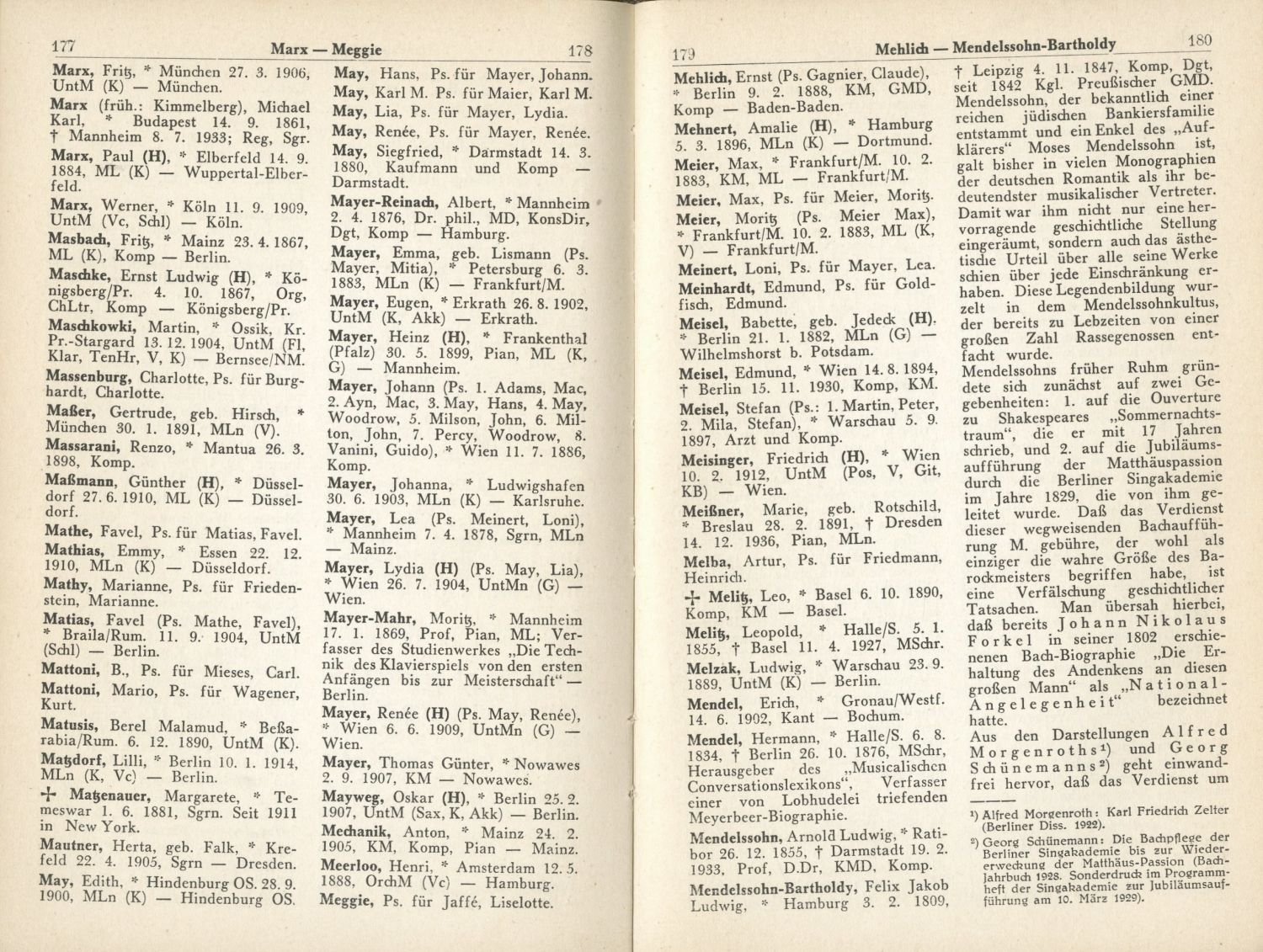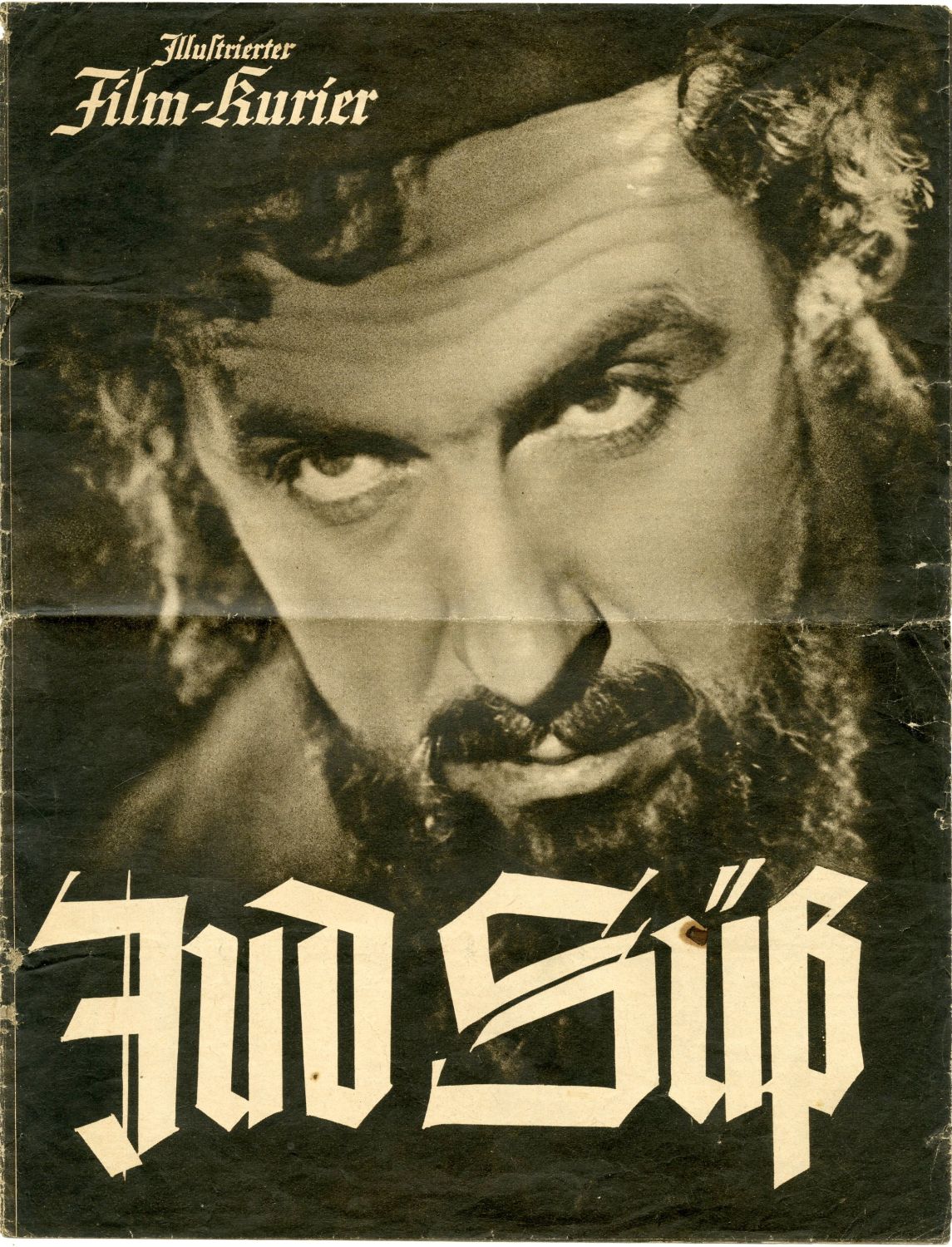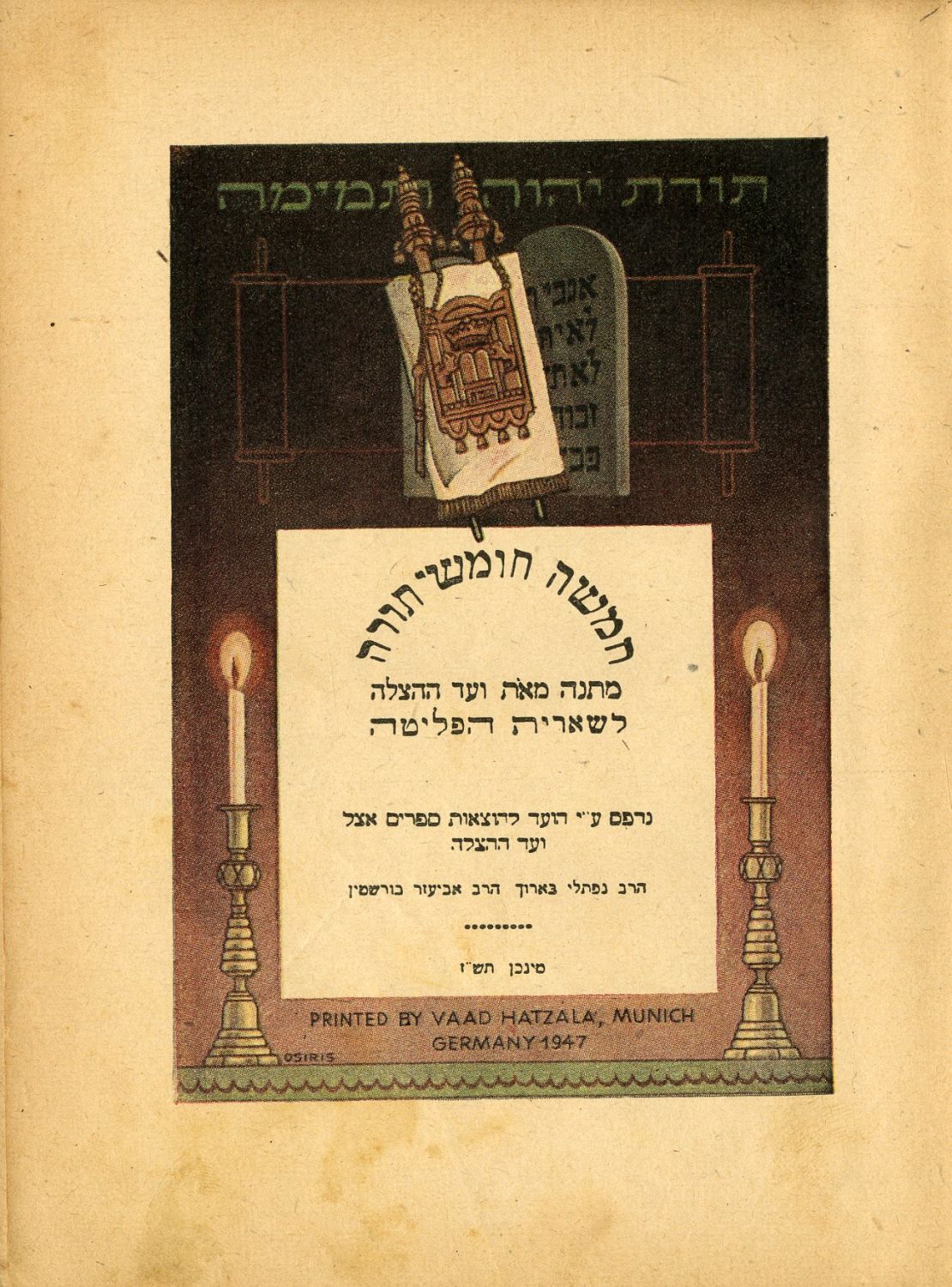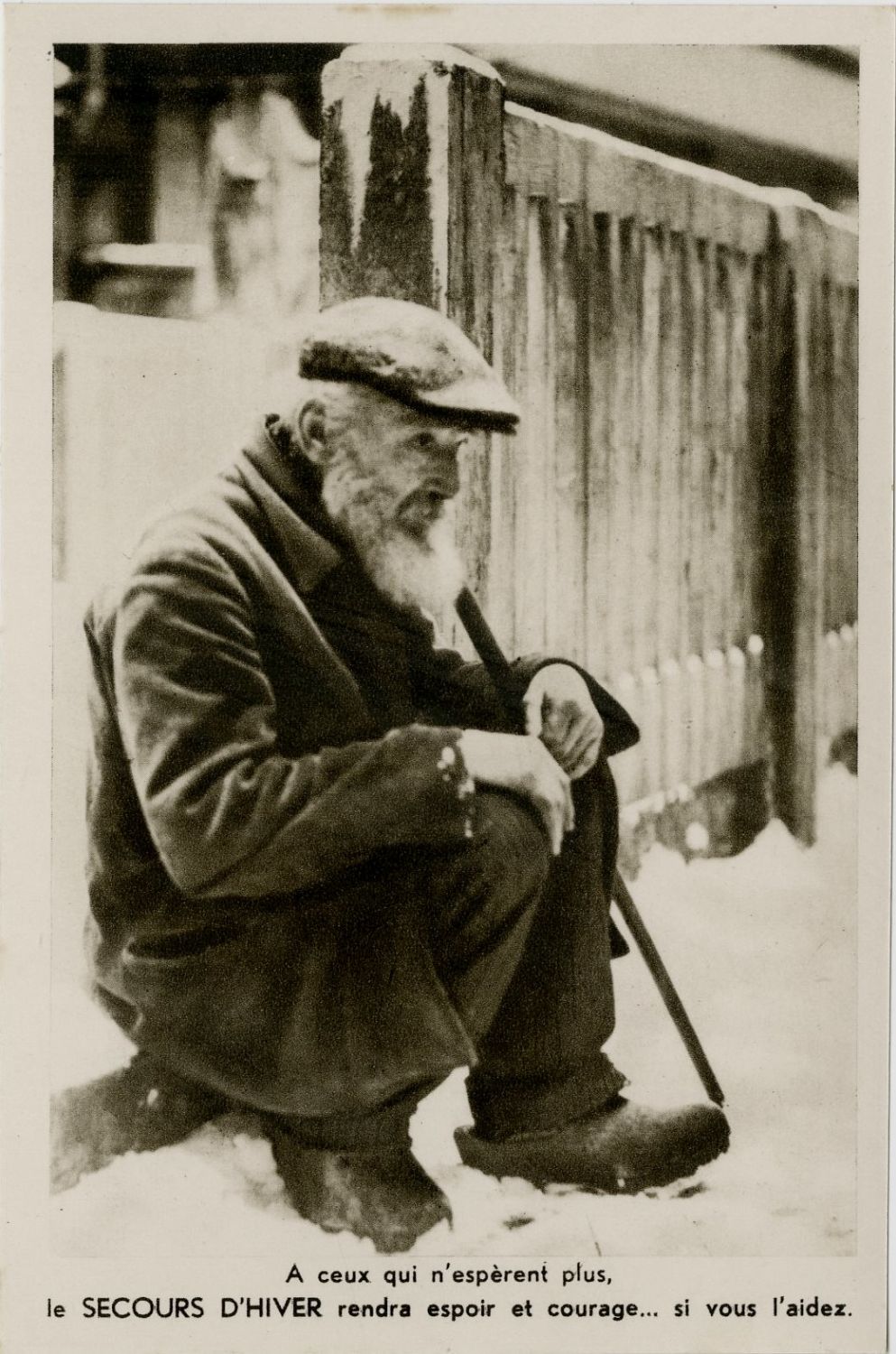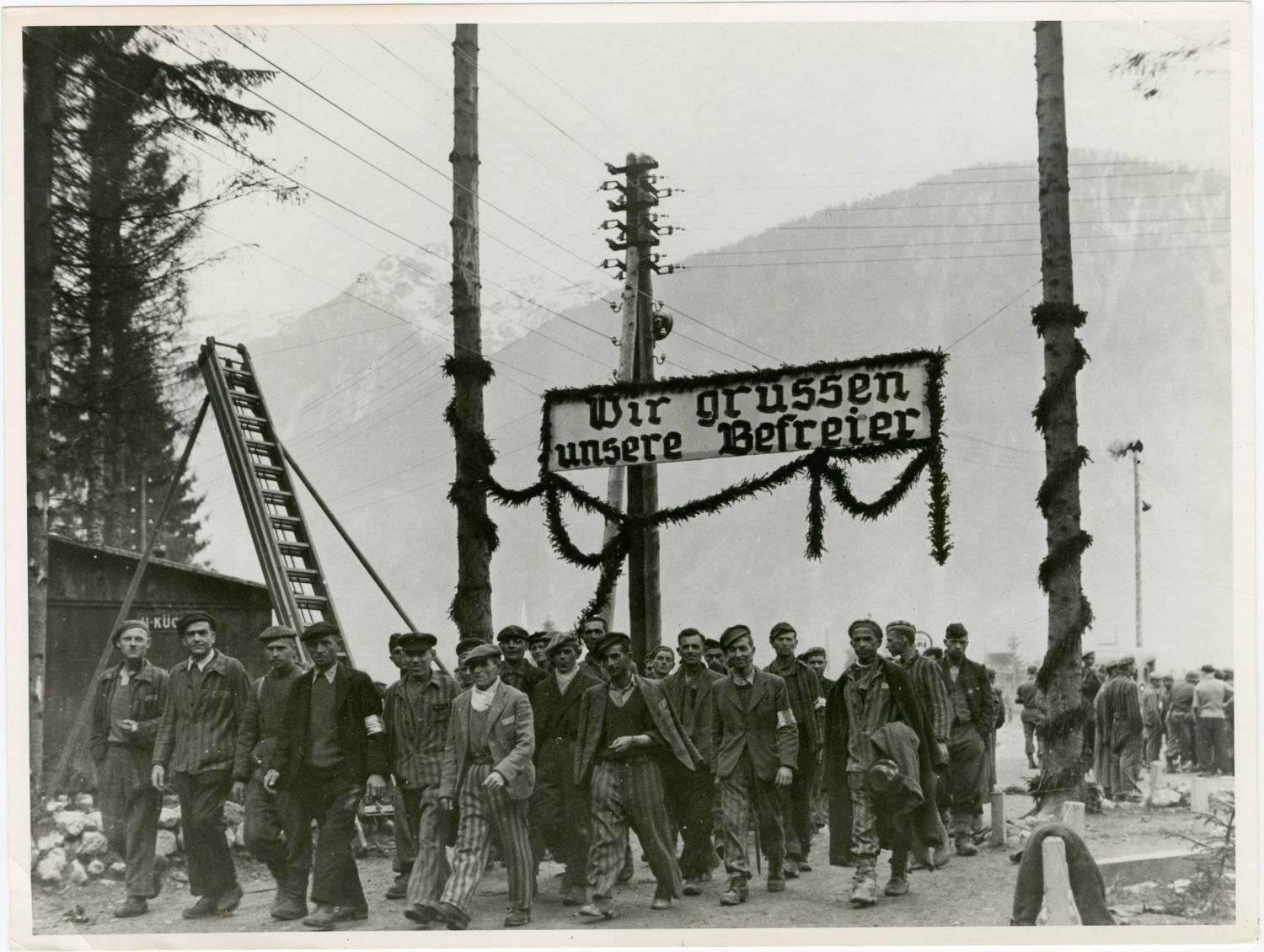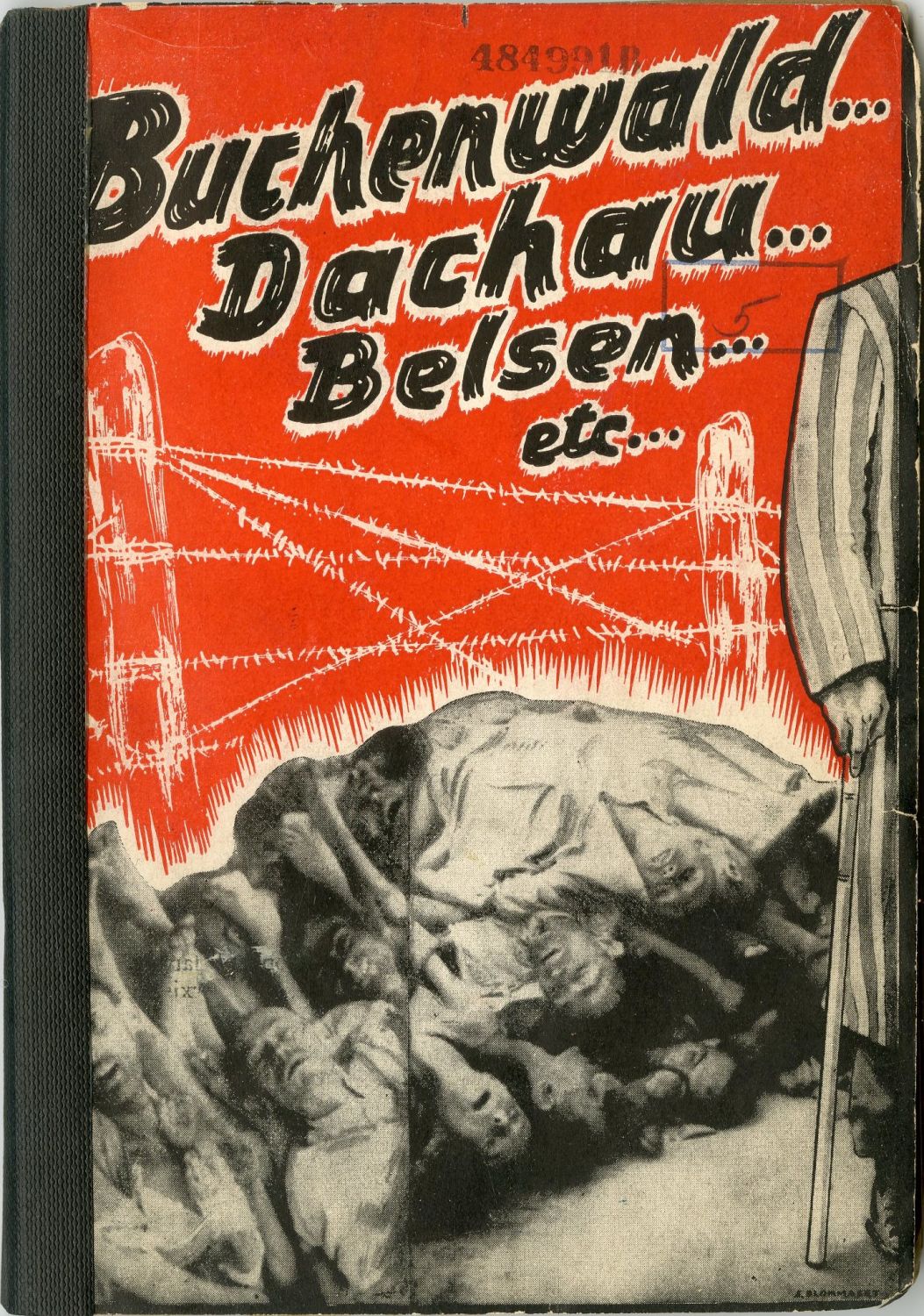"We measure with the standards of our race, and then come to the conclusion that the Jew is not creative and that in the field of music he can advance to a certain level of technical skill only through imitation" - Lexikon der Juden in der Musik. Mit einem Titelverzeichnis jüdischer Werke - Lexicon of Jews in Music. With a title index of Jewish works - Compiled on behalf of the leadership of the NSDAP based on officially verified official documents of the party. Edited by Dr. Theo Stengel and by Dr. Herbet Gerigk head of staff of music, representative of the Führer for supervision of all intellectual, ideological education and upbringing of the NSDAP. From the publications of the NSDAP Institute for Research into the Jewish Question. Berlin, 1940 - First edition.
The most infamous publication issued by the Institute for Research into the Jewish Question is the Lexicon of Jews in Music - an alphabetical list of hundreds of Jewish creators in the field of music with the aim of identifying every Jewish creator, musician and composer, and rejecting them out of the racist Aryan German culture.
In the introductory remarks, the editor explains the purpose of the lexicon listing alphabetically the names of Jewish creators: "Our culture and therefore also our music have been purified of all Jewish elements. Clear legal regulations in Greater Germany ensure that Jews cannot be actively involved publicly in the artistic fields, neither as a performer nor as a producer of works, neither as a writer nor as a publisher or entrepreneur. The names of the "greats" from the period of World War I to the reorganization of the Reich have disappeared, in fact they were forgotten to such an extent that if such a name appeared again by chance, some people would hardly remember that it was a Jew... This situation gave rise to the task of creating a scholarly work... in order to provide the musician, the music educator, the politician and also the music lover with an absolute certainty that must be demanded with regard to the Jewish question. This lexicon will retain its meaning also for the future, when the Jewish question in German art will one day constitute a distant historical episode. It is particularly important for science to create a lexicon of Jews who grew up in the field of music, to clarify and pass on facts that later it may no longer be possible to identify... There can be no real connection between the German and Jewish spirit anywhere... The world outside Germany understood this only to a very small degree, and most people do not even want to understand it... We measure with the standards of our race, and then come to the conclusion that the Jew is not creative and that in the field of music he can advance to a certain level of technical skill only through imitation. His empathy enables him as a virtuoso to achieve astounding achievements, which nevertheless turn out to be empty on closer examination, what more his Eastern sensitivities must always falsify the content of a Western musical work... For the purposes of this lexicon for emigrated Jews, their last place of residence was usually stated, which was usually in the German Reich... Ultimately, our goal is not to provide commemoration of Jewish creators, but a tool for the rapid elimination of all the misguided remnants from our cultural and intellectual lives...".
The purpose of the lexicon listing thousands of names of Jewish musicians was to cleanse the last Jewish traces from the musical life of Germany, and to provide an identification tool for educators and all educational institutions, through which any performance of music composed by a Jew, lyricist or translator would be banned strictly at any time and place. Musicians considered "half Jewish" were marked here with an H. Musicians who are "definitely Jewish" but there is no written documentation about them were marked with a cross. Famous Jewish musicians in German culture who were popular before 1933 are "granted" explanations of full pages next to the entry dealing with them in order to "disprove" their achievements in a systematic manner. Also, a separate list of names of Jewish composers appears. Alongside the persecution of Jewish musicians, the authors dealt with music criticism in Nazi Germany.
380 p. (Each page is divided into two columns where each column is considered a page in itself). Very good condition.





